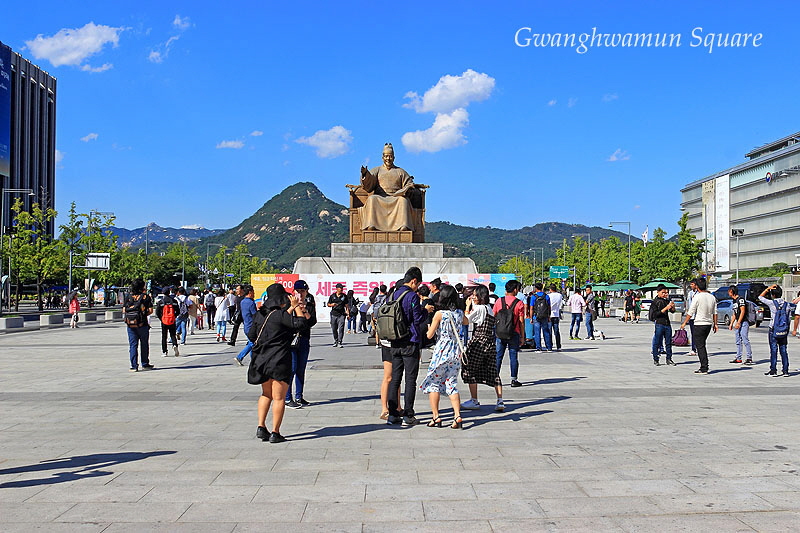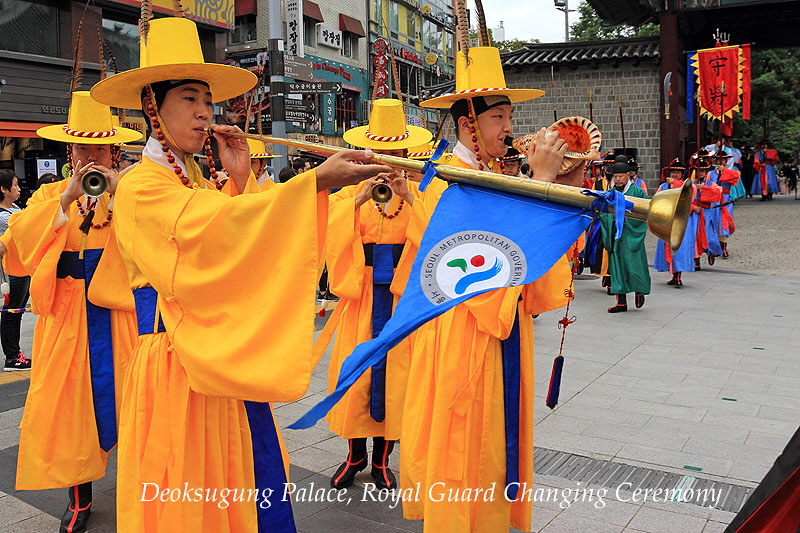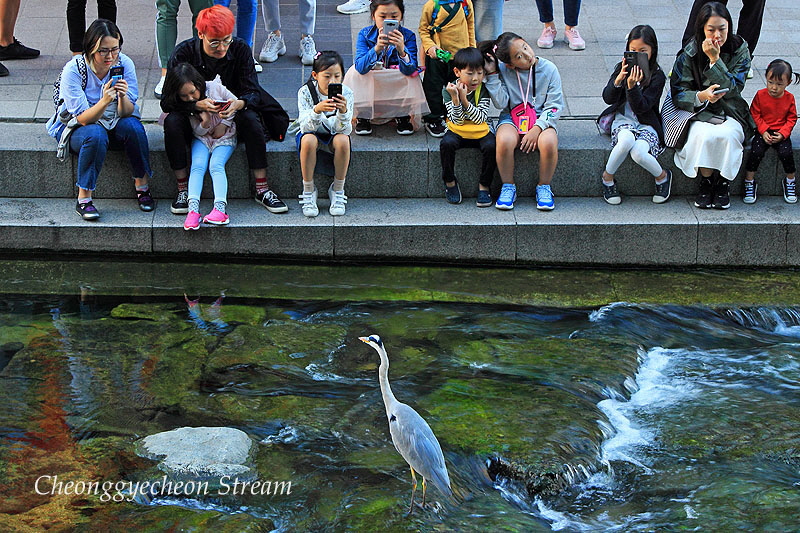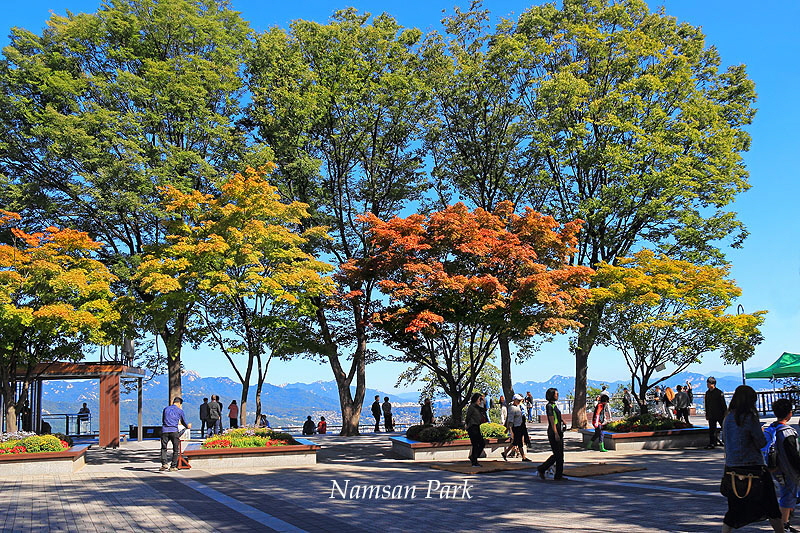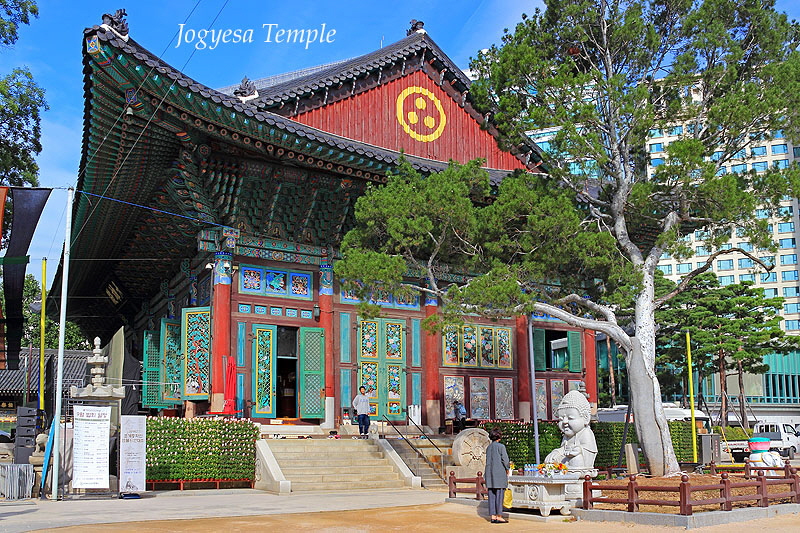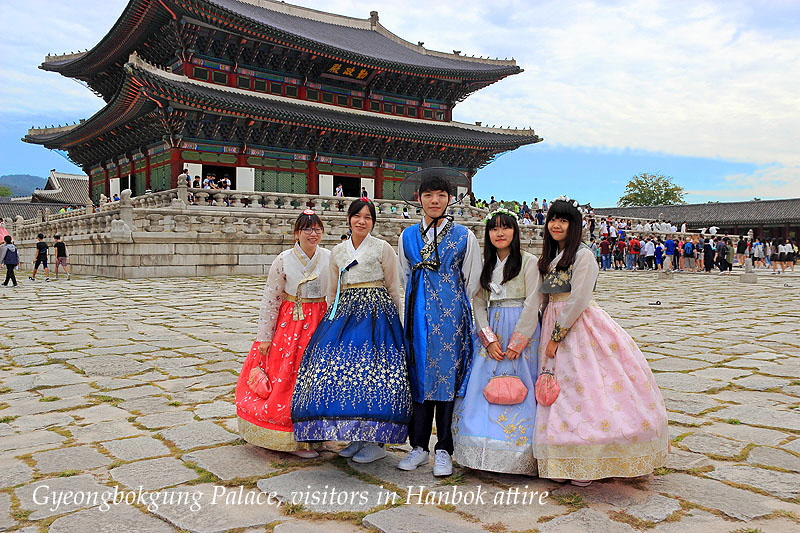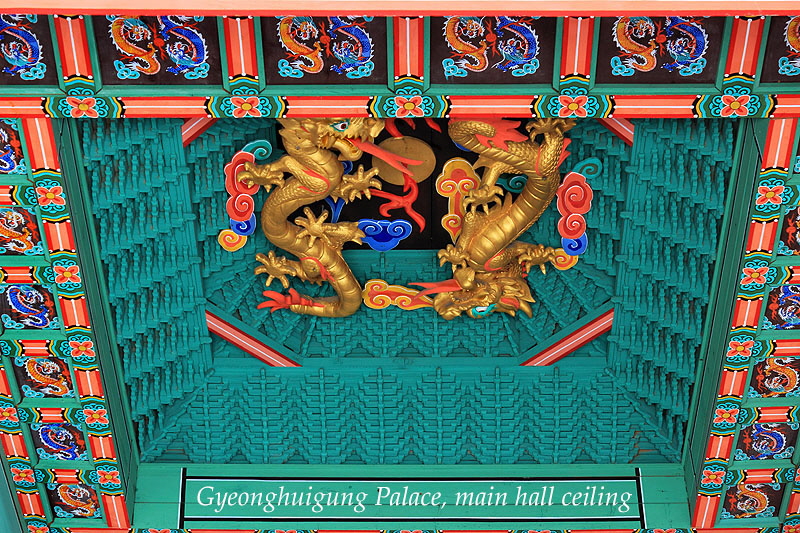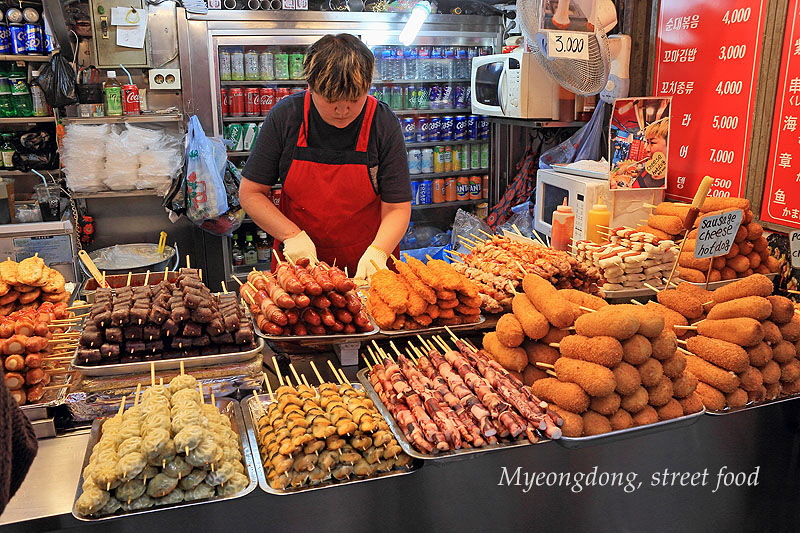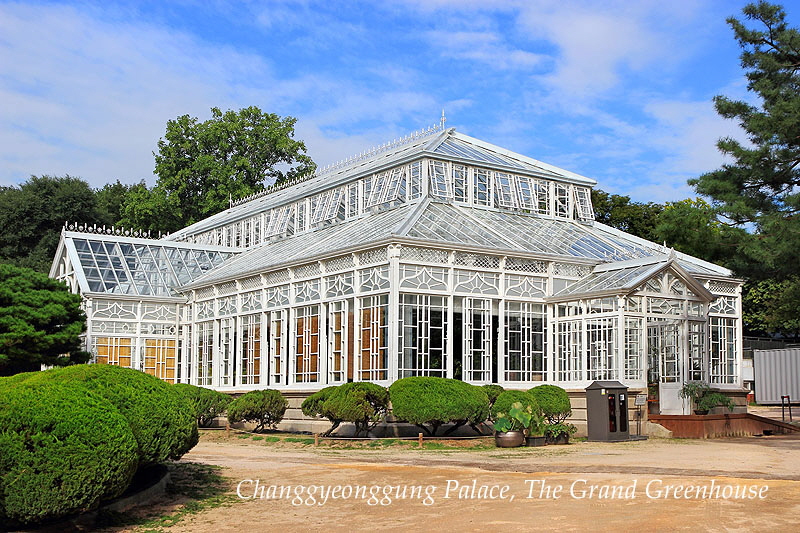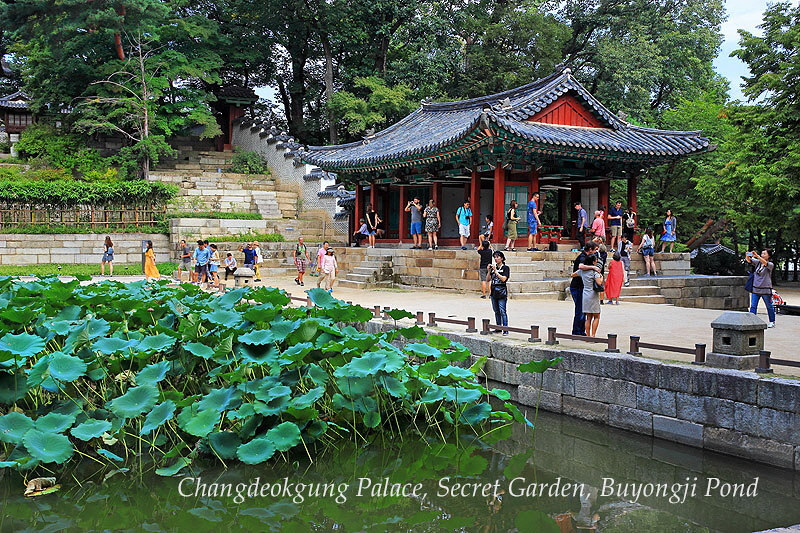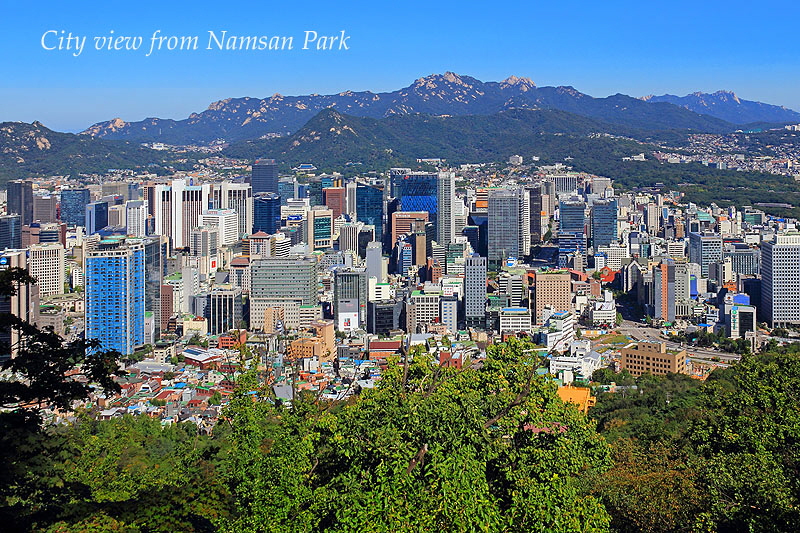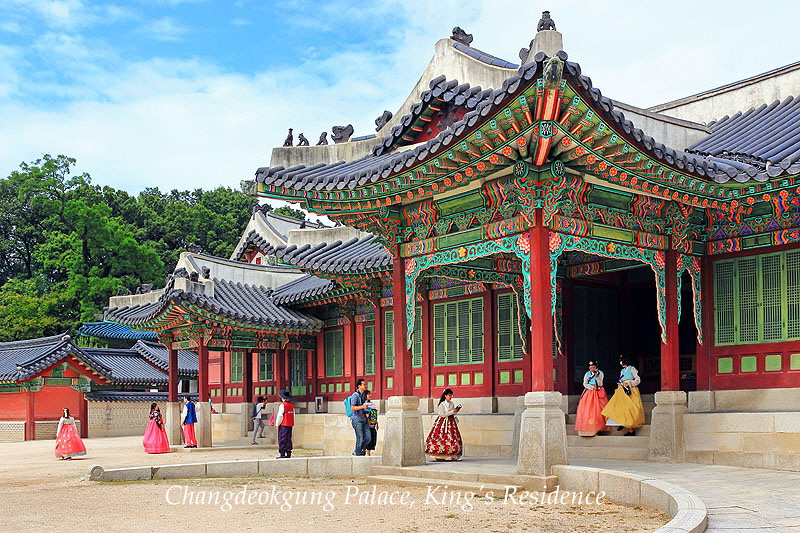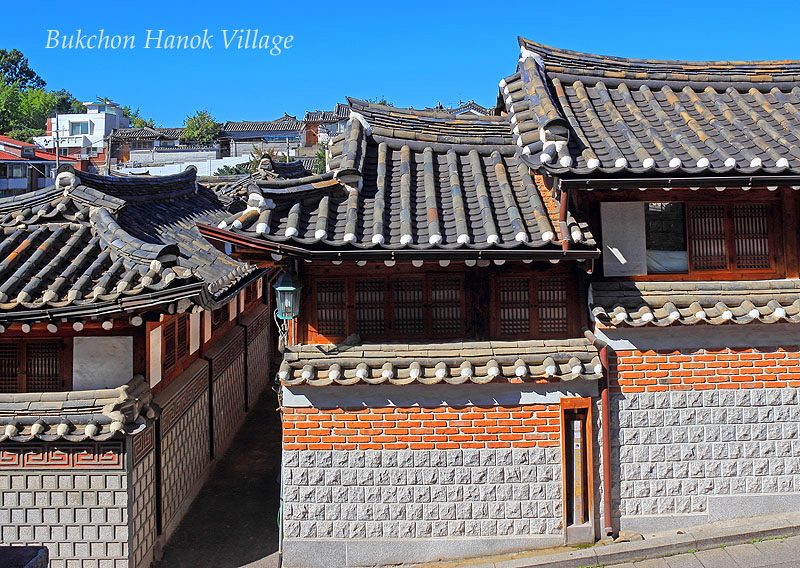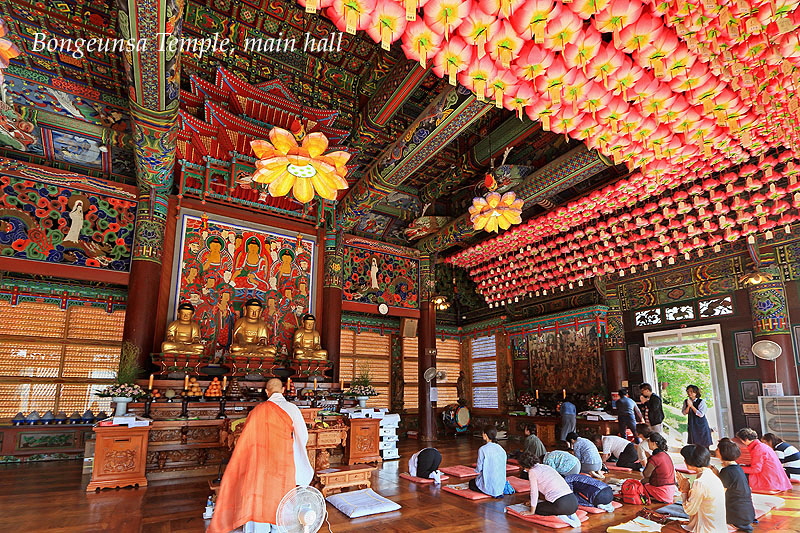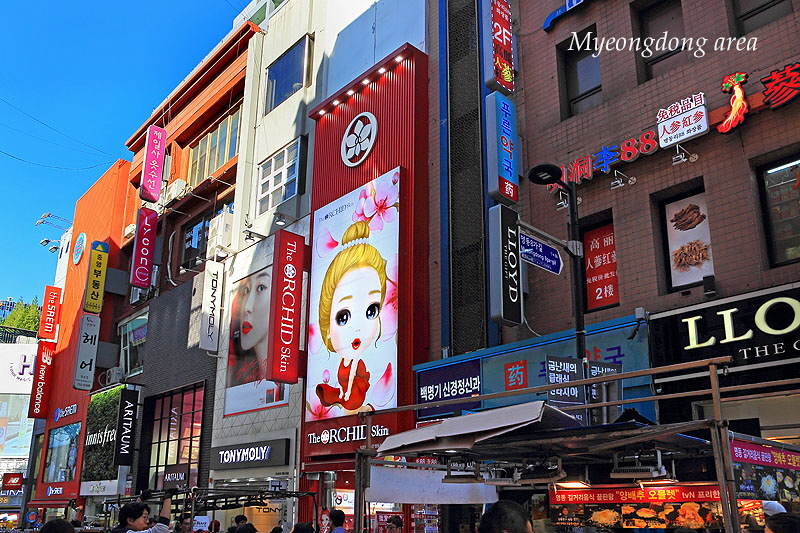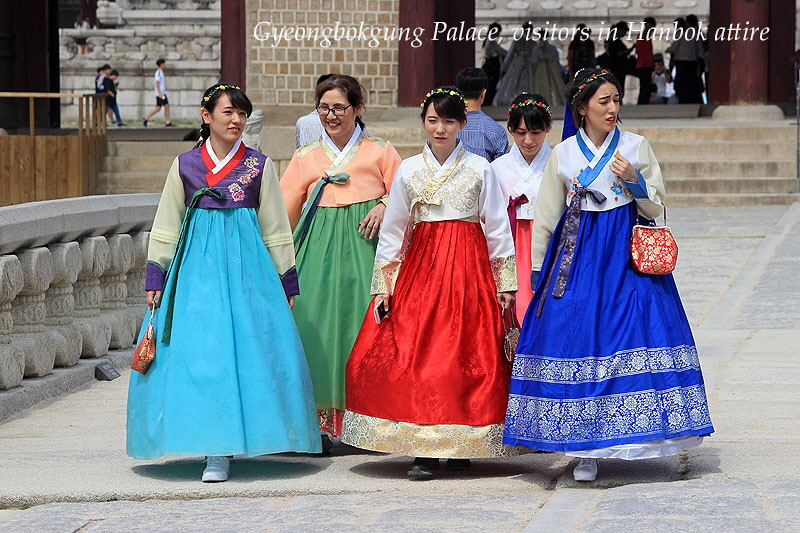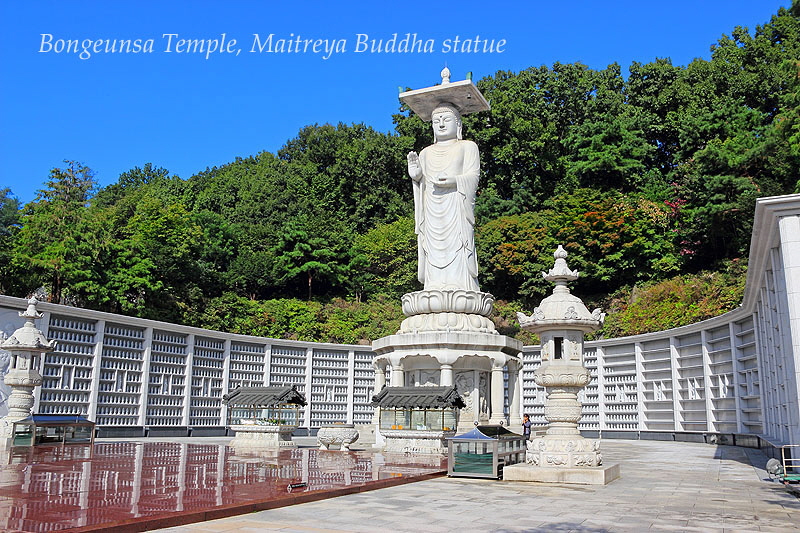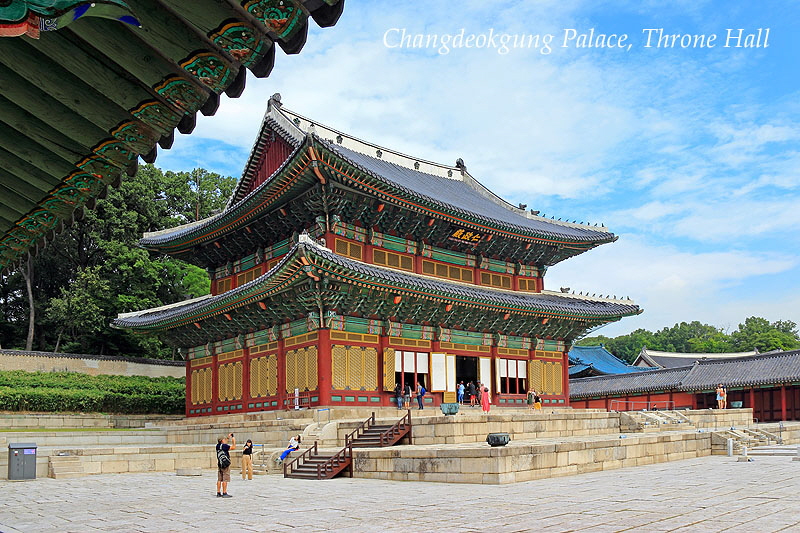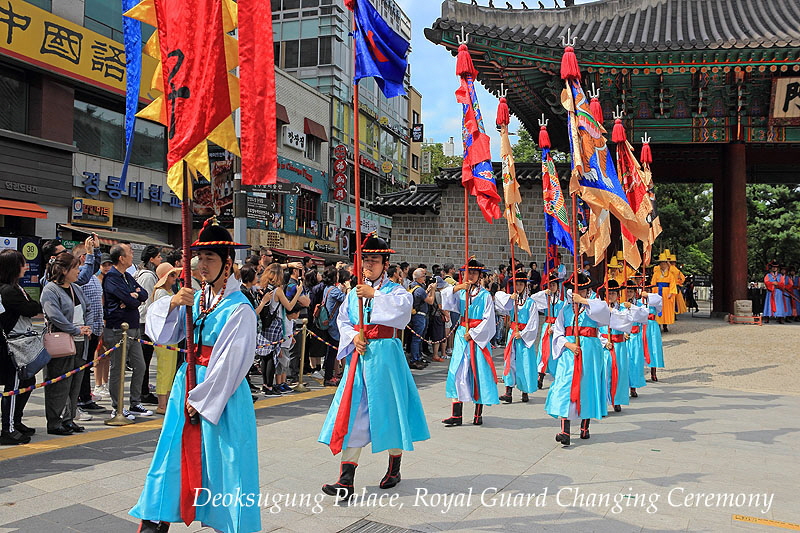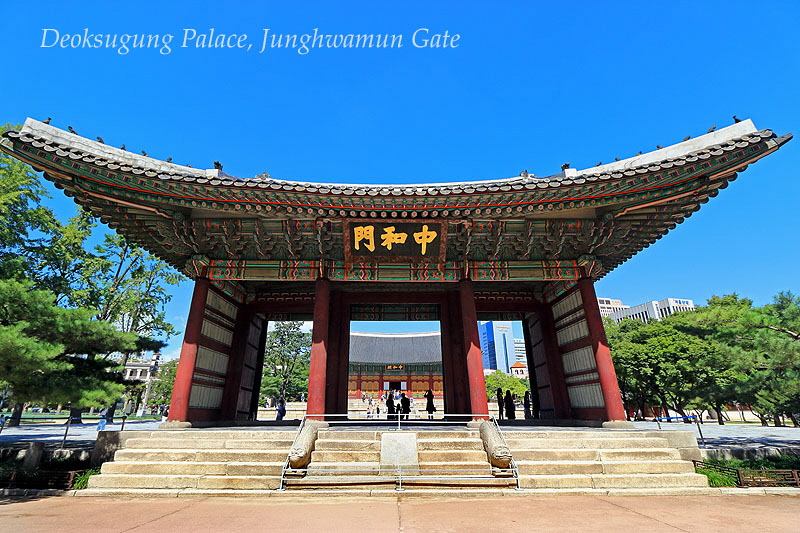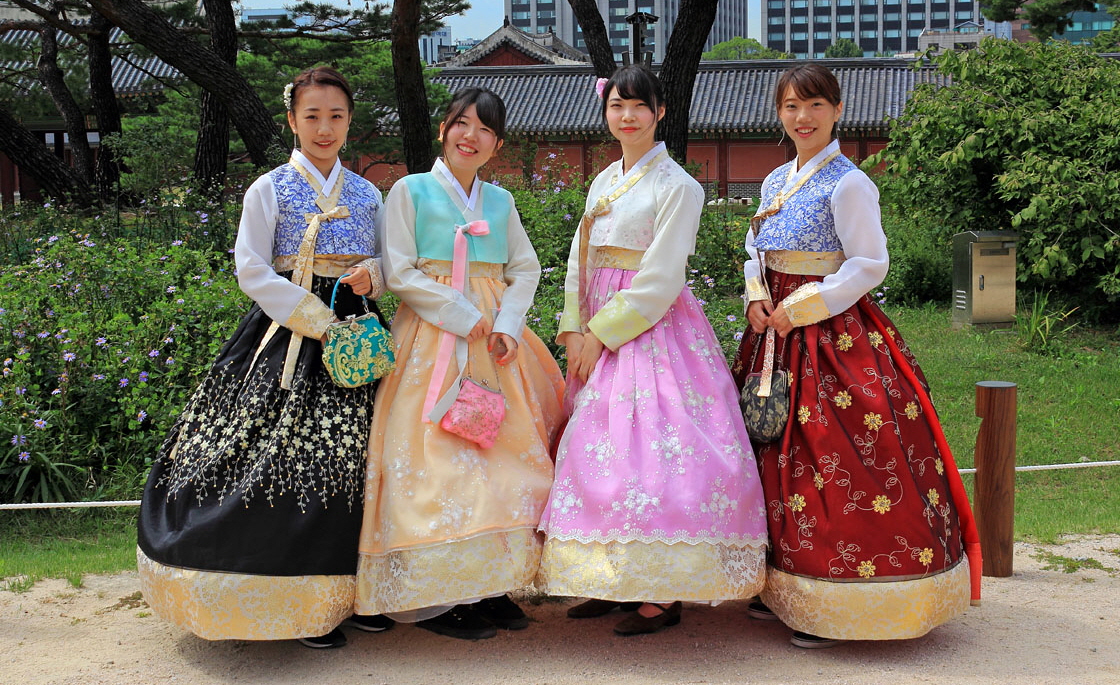
The heart and Seoul
When thinking about visiting cities in the Far East, places like Hong Kong, Bangkok, Singapore and Tokyo are popular choices. But one that’s overlooked, yet up and coming is the dazzling city of Seoul, South Korea’s capital.
Often described as ‘a city of the future’ its modern infrastructure would be the envy of any other global city. Yet in its heart, it has managed to preserve and present its ancient culture and history and welcomes visitors to share in it.
Downtown area, near Cheonggye Plaza
Bukchon Hanok Village
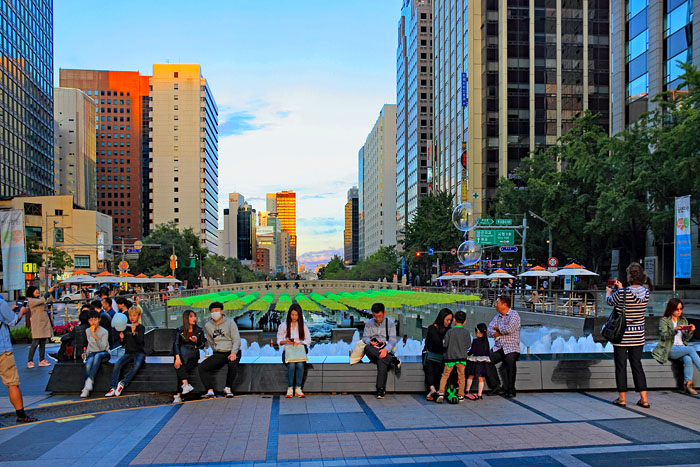
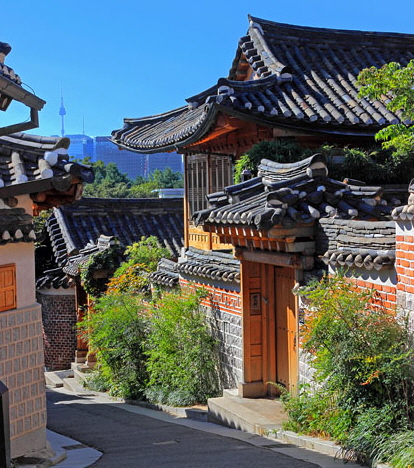
I was impressed, from the moment I stepped off my flight, going through the speedy immigration process and baggage pick up, to finding my way to the well run and efficient public transport system. The airport itself is something to write about (see my notes at the end).
In this megacity, deciding what to see and do needs a little research. While there are numerous guided tours and excursions awaiting you, I decided to explore this city by myself, armed with a good guide book, phone with GPS (South Korean App), and a pre-planned itinerary.
My main interest was to visit the five grand palaces located not far from each other. And the best way is to purchase a combination ticket for just £8 that’s valid for a month. You can purchase it at the entrance of any of the palaces.
Visiting these palace is a great insight into Korea’s past and cultural heritage. Built during the Joseon Dynasty period between the 14th and 16th century, many were destroyed during past Japanese invasions, but have been lovingly restored to its former glory. The names of the palaces and buildings at first can be confusing to take in and remember. They are wonderful places to visit, explore and reflect.
The atmosphere is further enhanced as visitors both local and foreign love to dress in Hanbok attire (traditional Korean clothing) to show off, and is a colourful sight, and somewhat resembling the past Joseon period. Hanbok dresses are available for hire at shops just outside the palaces. And wearing the costume also gives you free entrance to the palaces!
Little girl in Hanbok attire
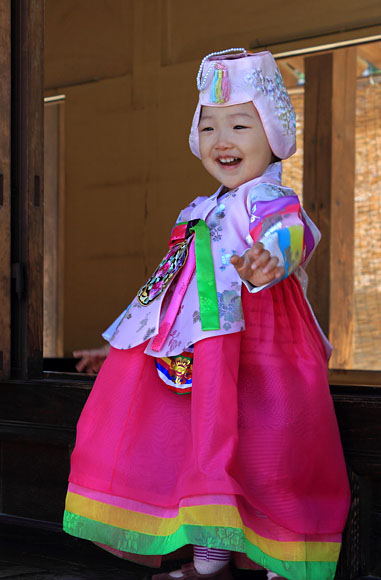
Royal Palace, Gwanghwamun Gate
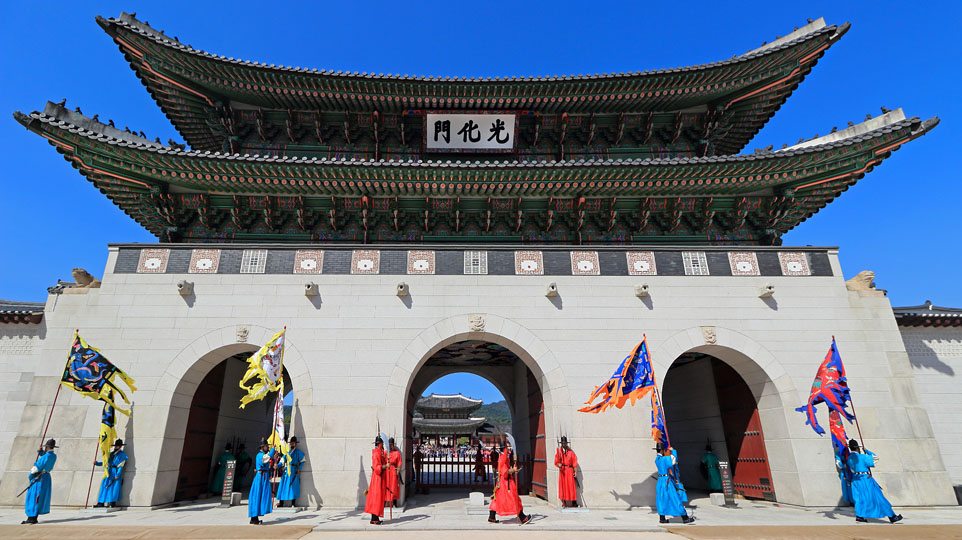
Visiting palaces should also not be rushed. But if time is limited, and you can only visit one, then the biggest and oldest is the 14th century Gyeongbokgung Royal Palace. The imposing main building entrance takes pride of place at Gwanghwamun Square (the city’s main square). The large complex has several royal buildings, like the Geunjeongjeon Hall, with the King's throne, gardens and a pavilion built over a stunning lake setting.
Gyeongbokgung Royal Palace
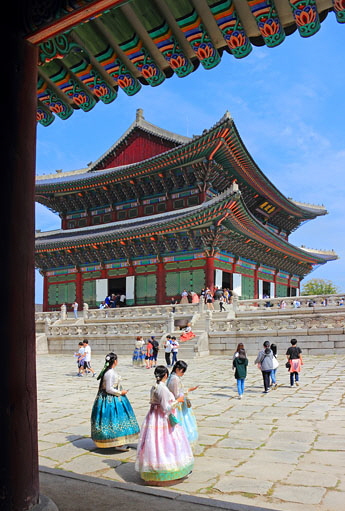
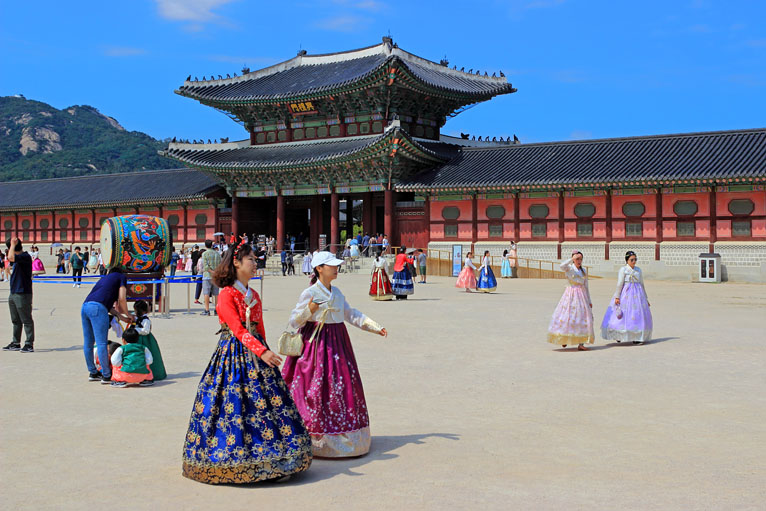
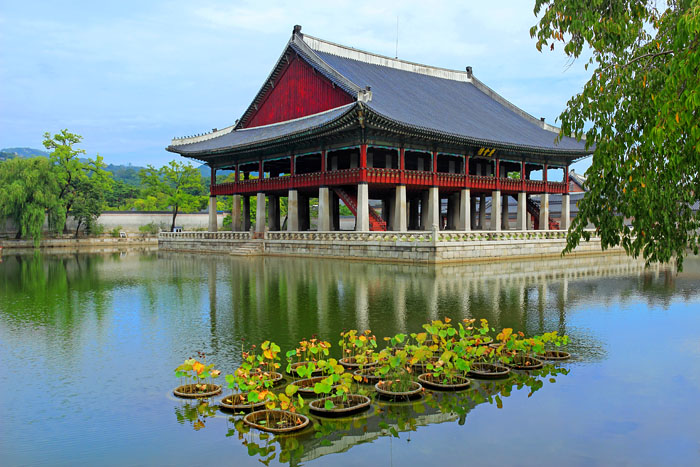
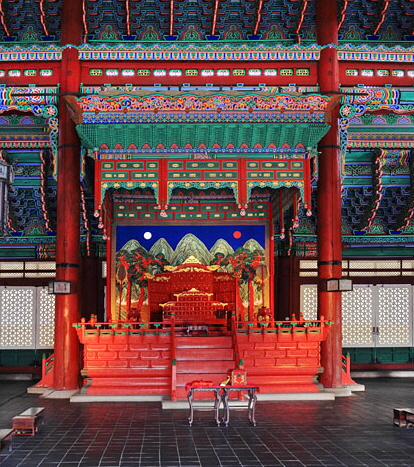
Pavilion on lake
King’s throne
Not to missed is the twice daily changing of the guard ceremony, by the Gwanghwamun Gate (main gate), with guards parading in startlingly colourful costumes. And by the Hyeopsaendmun Gate is also a Military Training performance. Come early, if you want to explore the complex at an unhurried pace, because by lunch time, it can be crowded.
Changing of the guard parade
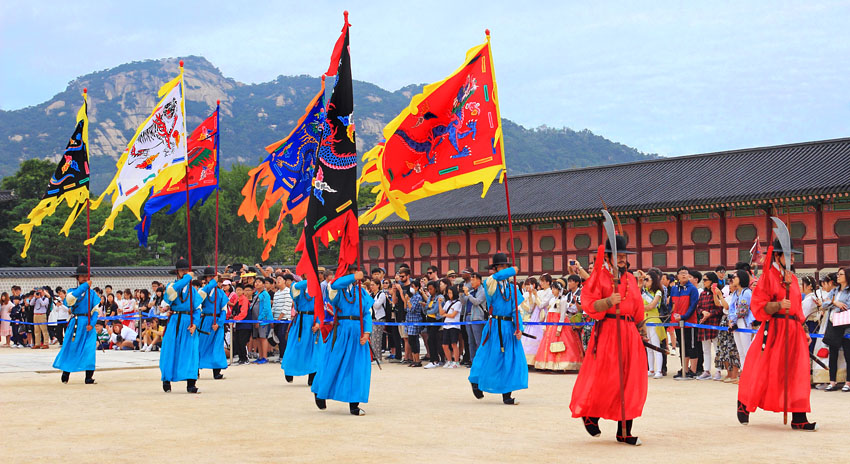
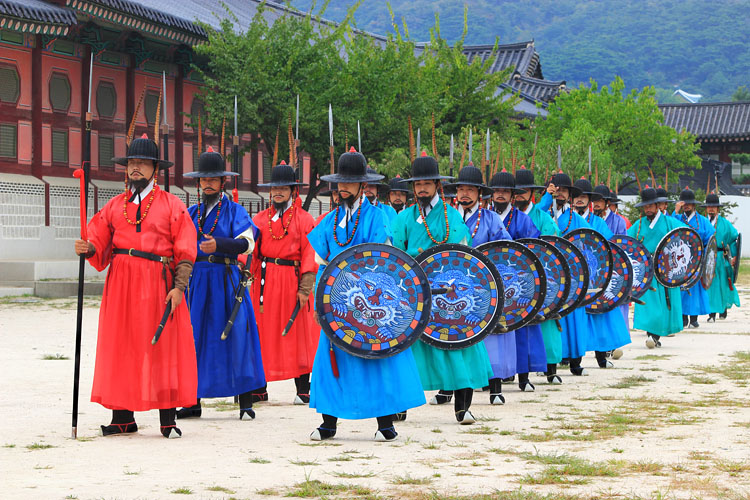
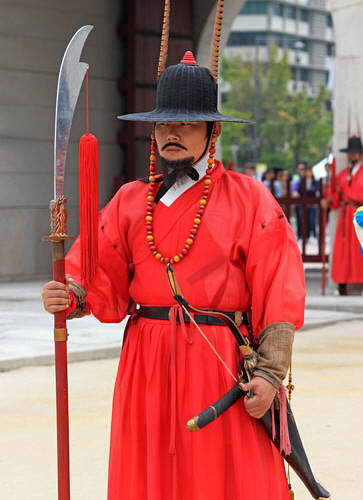
Military training performance
The changing of the guard ceremony, also takes place at the Deoksugung Palace three times a day outside its main entrance. Smallest of the five palaces, it nevertheless has beautiful Joseon era buildings like the Junghwajeon Hall (main throne hall), Junghwamun Gate, Deokhongjeon Hall and modern European style Seokjojeon Hall. Take time to admire in close the intricate architectural detail of the buildings, and elaborate interiors.
Deoksugung Palace
Junghwajeon Hall
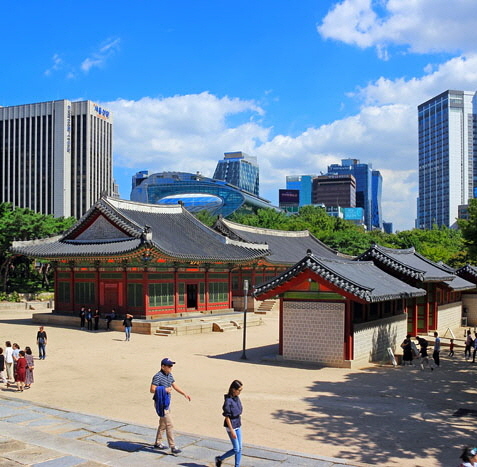

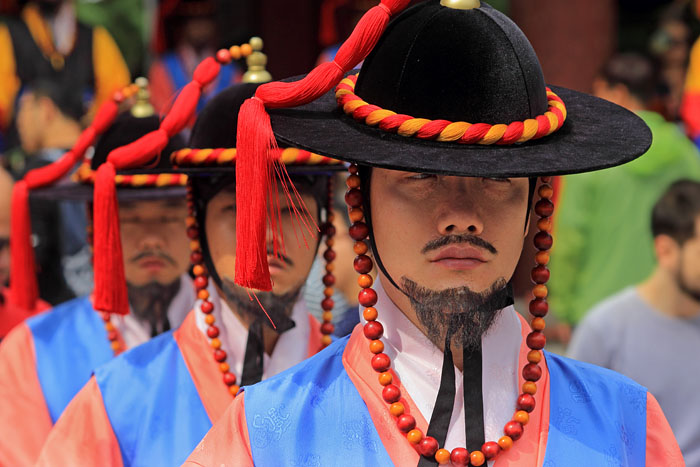
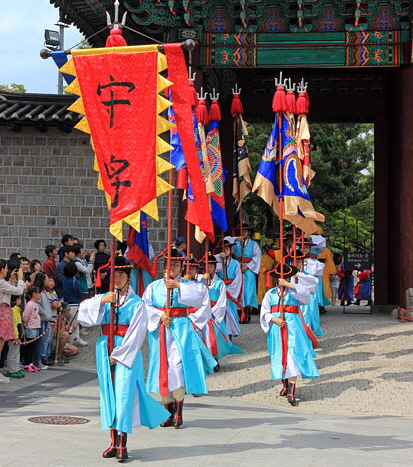
Changing of the guard ceremony
Close to the Deoksugung Palace, is Gyeonghuigung Palace, the most recent of the grand palaces, and built as the king’s second home. The interior of the main hall Sungjeongjeon, has the king’s throne, beautiful ceiling carvings, and the Jajeongjeon - the king's private living room.
Gyeonghuigung Palace
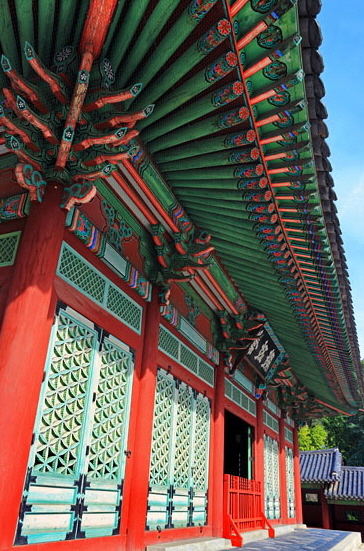
|
Gyeonghuigung Palace, main hall ceiling |
|||
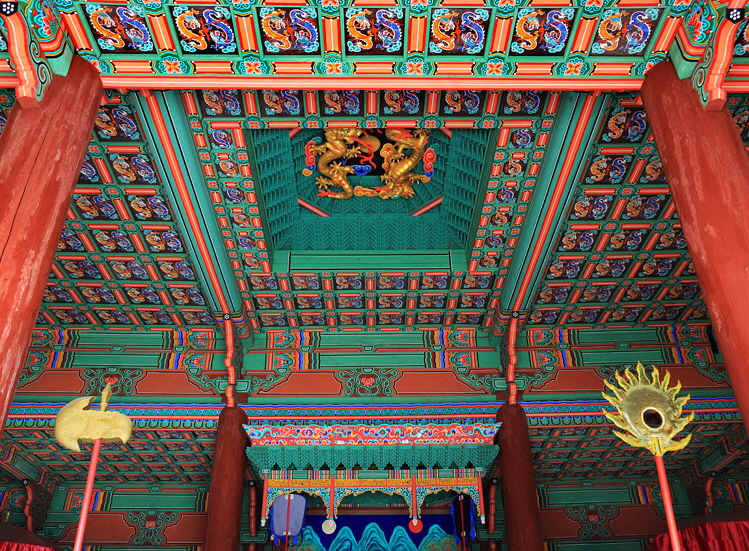 |
|||
Changgyeonggung Palace also contains some fine buildings, like the grand Honghwamun Gate entrance, the main Myeongjeongjeon Throne Hall and Tongmyeong-jeon (queen's residence). Easy to miss is a delightful walk by the buildings through a wooded path that brings you to the large Chundangji Pond, a quiet area to sit and relax.
Further on is a the lovely Grand Greenhouse (reminded me of London’s Kew Gardens), built by the Japanese back in 1909. Inside is full of tropical, subtropical and rare native plants.
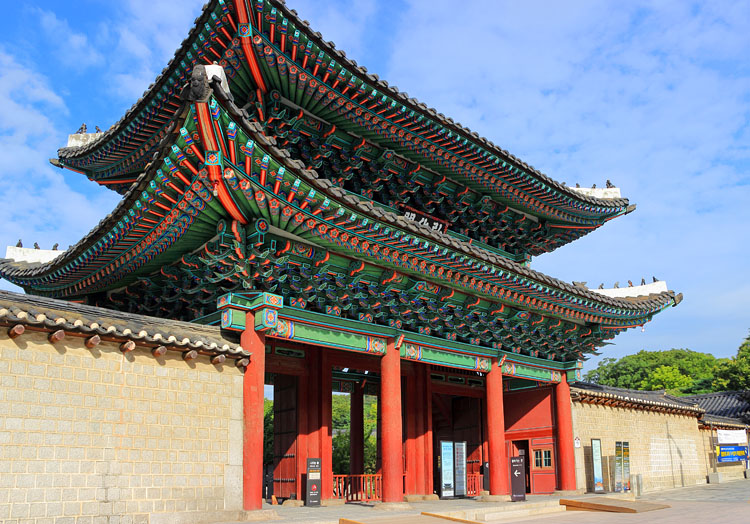

Changgyeonggung Palace, Honghwamun Gate, and the Grand Greenhouse
From Changgyeongung Palace, you can walk through to the adjoining Changdeokgung Palace complex. Its handsome buildings and magnificent gardens is a UNESO World Heritage site. Don’t miss the guided tour of the ‘Secret Garden’, exquisitely landscaped with pavilions, lotus ponds, and wild meandering paths.

If I were to choose, my favourite palaces, they are Gyeongbokgung Royal Palace, Changgyeongung Palace and Changdeokgung Palace.
Besides palaces,
Seoul has numerous Buddhist Temples
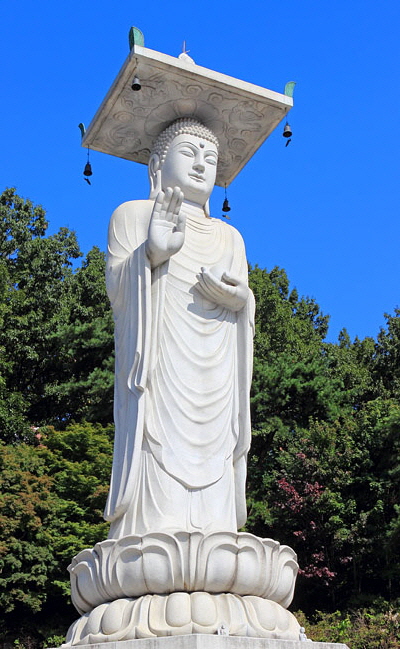
Maitreya Buddha
|
Changdeokgung Palace |
|||
 |
|||
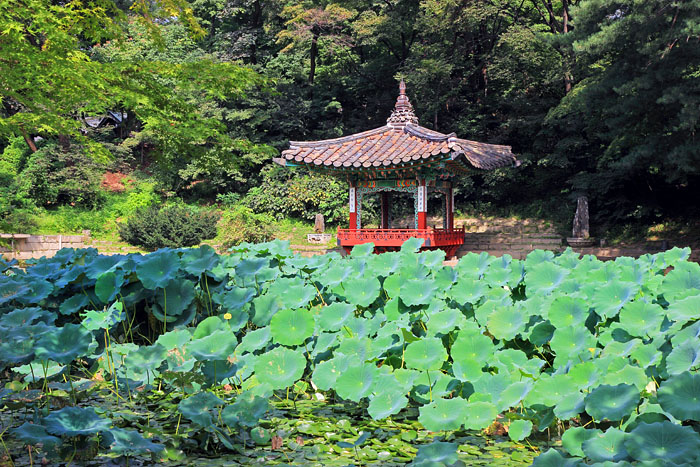
Secret Garden
Besides palaces, Seoul has numerous Buddhist Temples, the best and most popular is the Bongeunsa Temple. Surrounded by skyscrapers and malls, it’s a peaceful retreat to spend a couple of hours. It’s history goes back to more than 1200 years, with both old and modern buildings occupying the site. The most dominant feature is the 23 metre tall modern milky white statue of Maitreya Buddha.
|
Bongeunsa Temple site |
|||
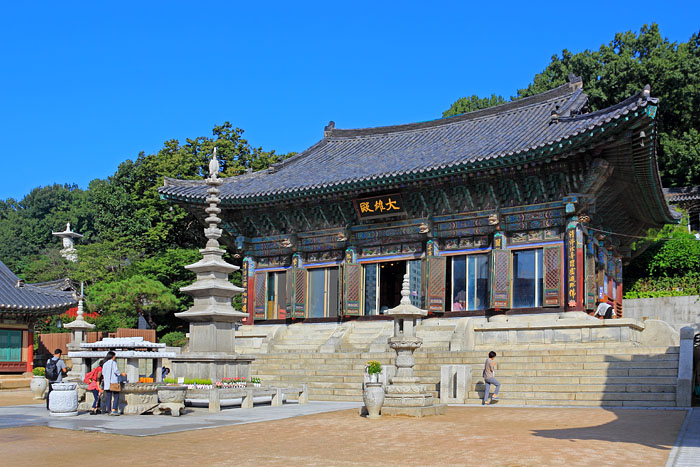 |
|||
The 14th century Jogyesa Temple, which was destroyed by fire and rebuilt in 1910, is the centre of Korea Buddhism. The interior has some beautiful golden Buddha statues, and outside a series of murals depicting Buddha’s life.
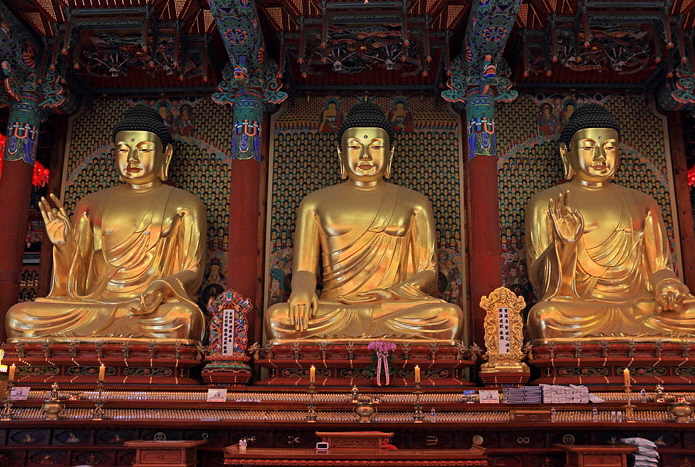
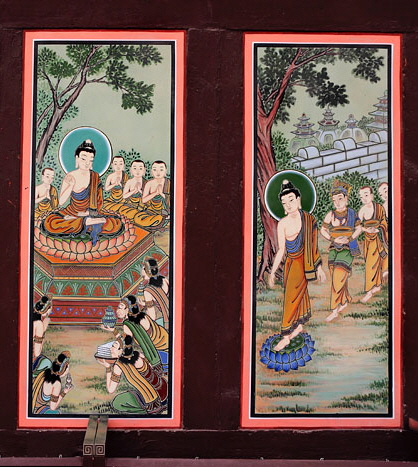
Jogyesa Temple, Buddha statues and murals
For culture enthusiasts, Namsangol Hanok Village is a site that has five hanoks (traditional Korean houses) from the Joseon Dynasty (1392-1910), which were recovered from different parts of the city. The house interiors reflect the lifestyles of people from different walks of life., from the rich to the poor. Surrounded by neat landscaped gardens and ponds, it also hosts exhibitions, events and cultural shows. Beware, it can get quite crowded by mid morning.
Namsangol Hanok Village
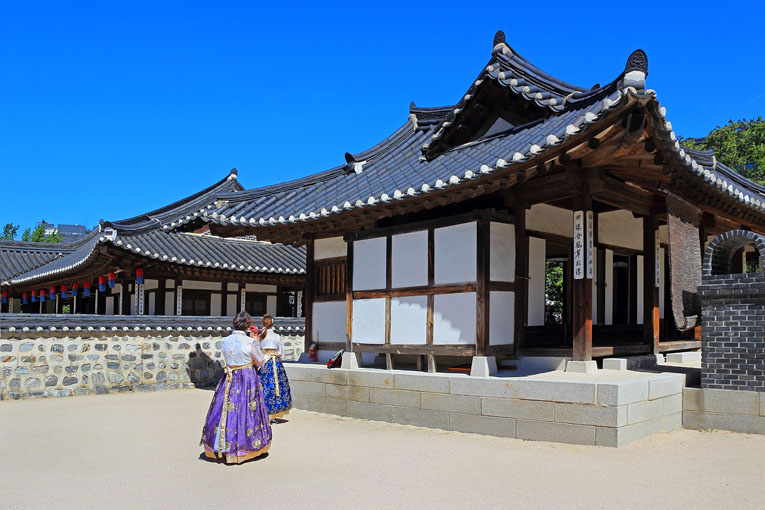
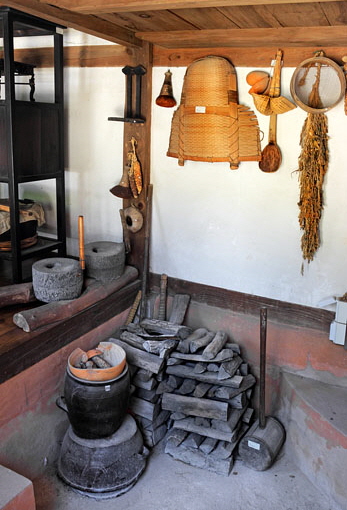
A real living Hanok Village can be found at the hill top Bukchon Hanok Village, which is home to hundreds of traditional Korean timber built houses, that date back to the Joseon Dynasty. It’s a delightful, peaceful place to walk around the narrow streets and alleyways. A few houses have now been converted to guest houses, art galleries
and tea houses.
The community living here are ardently protective of their culture, and do not necessarily welcome hoards of tourists disturbing their quiet lifestyle. You’ll find notices asking visitors to be keep their voice down, and some have even gone as far as protesting against the influx of crowds.

Bukchon Hanok Village
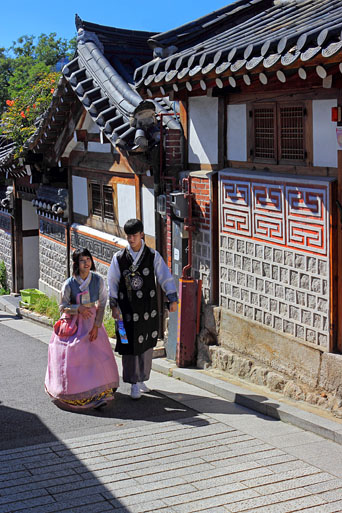
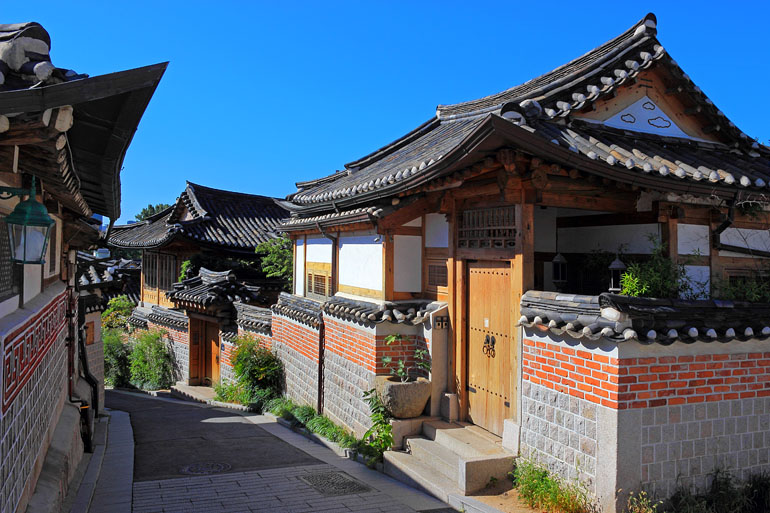
The city of Seoul is surrounded by hills and the remains of the ancient fortress walls, with four main gateways to the city. The huge gateways look more like palace entrances, and the Sungnyemun Gate and Dongdaemun Gate are both illuminated at night. To get a view of the city from above, take a cable car ride up to the lovely Namsan Park, where you can also see parts of the old city wall. The park is also a picnic spot and has activities for the family.
Sungnyemun Gate
Dongdaemun Gate
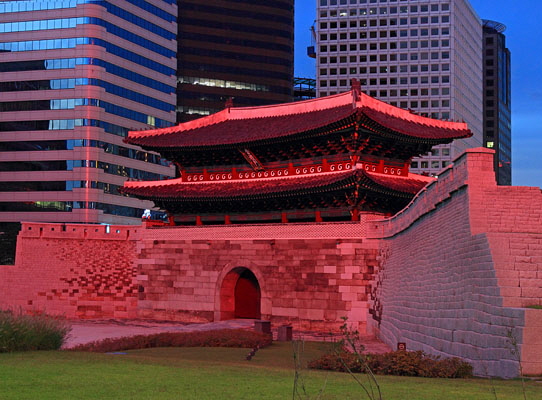


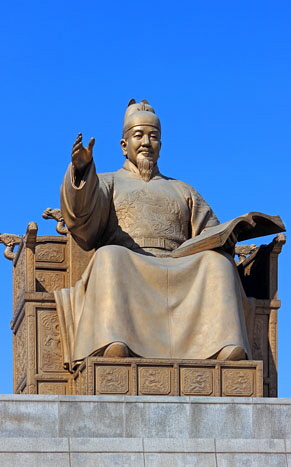
Old City Walls
Back in the heart of the ‘downtown Seoul’, head for Cheonggye Plaza, a pedestrianised area. It is the place to chill out by the Cheonggyechoen Stream, which stretches across the city for about 10km. The picturesque landscaped waterways, with 22 bridges, cascades and flora is built for relaxation. After office workers, tourists and families all gather by the sounds of the flowing stream and watch the sun go down, and later dine at restaurants nearby. Cheonggye Plaza itself leads to the elegant thoroughfare towards Gwanghwamun Square with the imposing statue of King Sejong (15th century monarch), and beyond to Gyeongbokgung Royal Palace.
King Sejong statue
Cheonggyechoen Stream
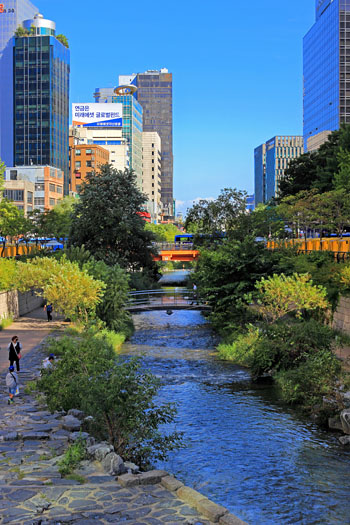
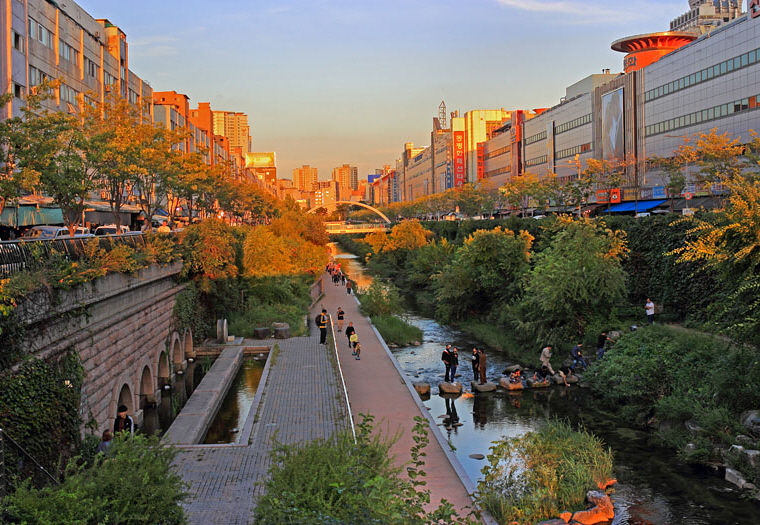
If shopping is your thing, there is no shortage of malls and boutiques, almost everywhere. While the Myeongdong shopping streets are best for department stores and high end designer shops, the Insadong area is for more traditional Korean goods, antiques and small shops.
Whichever part you visit, the concept of shopping and eating is ever so evident. Street after street wafts the air with appetizing smells of street food, and is simply impossible to resist. There is so much variety, and I did enjoy Odeng (fish cakes), Sundae (blood sausage), Chimaek (spicy fried chicken), Gyeran-Bbang (Egg Bread), and lobster with cheese (the only expensive item).
Myeongdong area shopping
Insdadong area shopping
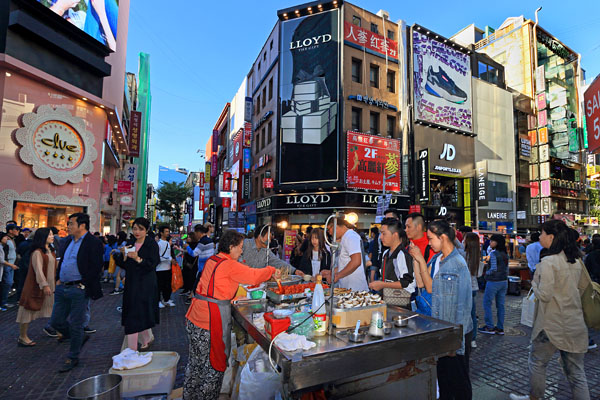
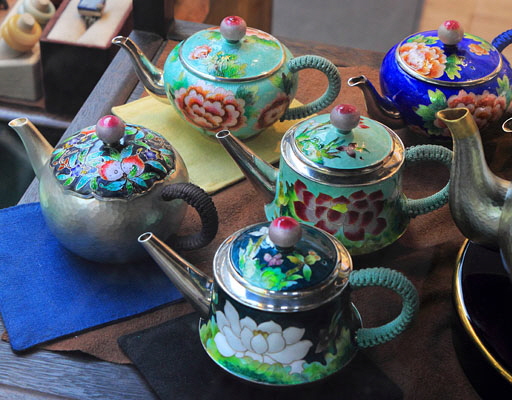
Food, glorious street food...
Odeng (fish cakes), Gyeran-Bbang (Egg Bread), Sundae (blood sausage) and lobster with cheese

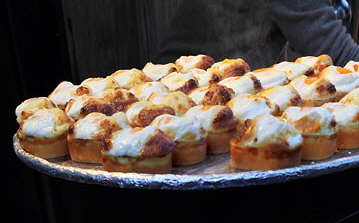
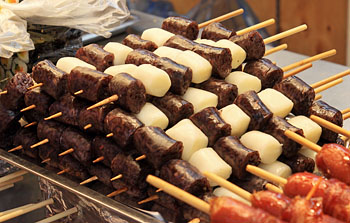
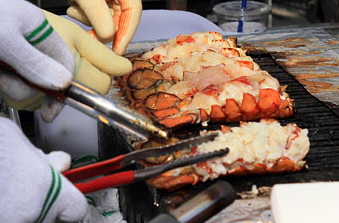
Nearly all restaurants will serve the well known Korean Bibimbap meal, which is a rice dish served with Kimchi (fermented vegetables) and marinated meats, sauces and egg. For more traditional and typically Korean cuisine, you must visit one of several markets, like the huge Gwangjang Market, where fruit and vegetable and seafood stalls merge with food stalls serving local dishes.
Noisy and crowded at lunch time and at night, it’s a bit daunting at first to know what to eat. But join in on a bench with other Korean diners, and they will be happy to tell you what’s what.
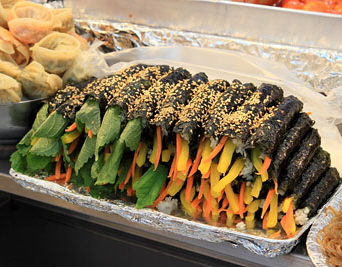
Gimbap

Live Octopus, a delicacy
I remember a couple of things - Dumplings and Gimbap (rice with vegetables and meats wrapped with seaweed). It was all tasty and inexpensive! Eating live octopus is a delicacy. But I didn’t have it, both because I was unsure of the food ethics, and didn’t have the courage to try.
Gwangjang Market, food stalls
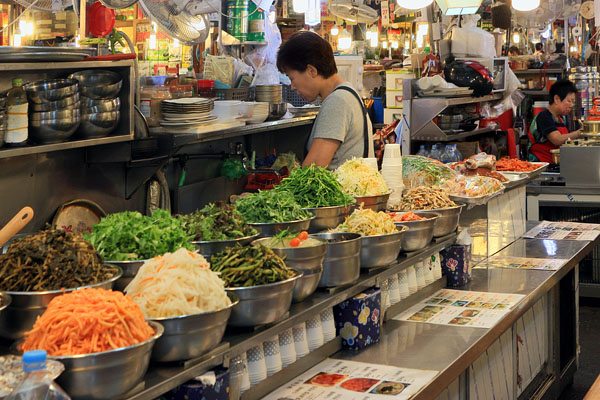
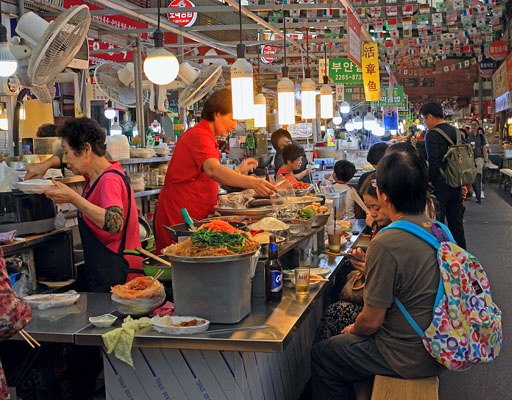
I stayed in Seoul for two weeks and really enjoyed it, and visited many more sites and attractions, and the few mentioned here are what I recommend to every visitor.
Fact File:
Getting there: both Asiana (which I flew) and Korean Air have non-stops flights from London Heathrow to Seoul.
Population: 9.7 million.
Public transport: Efficient, speedy and cheap compared to European prices. It’s best to get a Transportation Card, which you can top up and use both on the subway, buses ad some taxi companies displaying the Tmoney or Cashbee logo.
Where to stay: if you’re into culture and visiting palaces, then staying in that area is best. But with plenty of places to stay, wherever you are, getting to places to visit sites, is easy and quick by public transport.
Money matters: the currency is Won (KRW). £1 roughly equals to 1300Won. Tipping is not customary.
Palace matters: Remember to keep all the free leaflets you get when visiting the palaces and temples, as it’s easy to get places and names jumbled up.
Climate: South Korea is temperate, so four seasons do apply.
I visited in September and was perfect with the average temperature around 23 degrees.
Incheon Airport: This is a state of the art, spacious airport, where everything is expected to run smoothly and does almost all the time. It is designed to help passenger feel relaxed and comfortable prior to their departures. To do so, apart from restaurants and lounges, there are also numerous attractions and entertainment opportunities on site - like reenacting the Joseon Dynasty Royal Parade, classical music concerts, jazz groups, art galleries, theatre, viewing areas, indoor gardens and an ice-rink to name a few. I read somewhere that even non-passengers come to the airport just to enjoy the day!
Incheon Airport, entertainment, Joseon Royal Parade
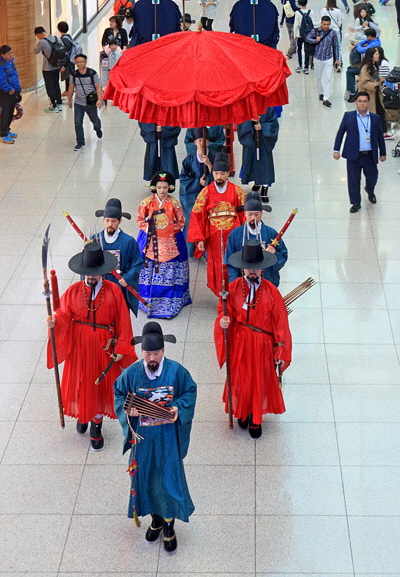
20 images here ©JAYTRAVELPHOTOS
© COPYRIGHT notice. The images on this site are for viewing only.
To purchase any, for personal or commercial use, please contact us at jaytravelphotos@aol.com
____________________________________________________________________________________________________________________________
